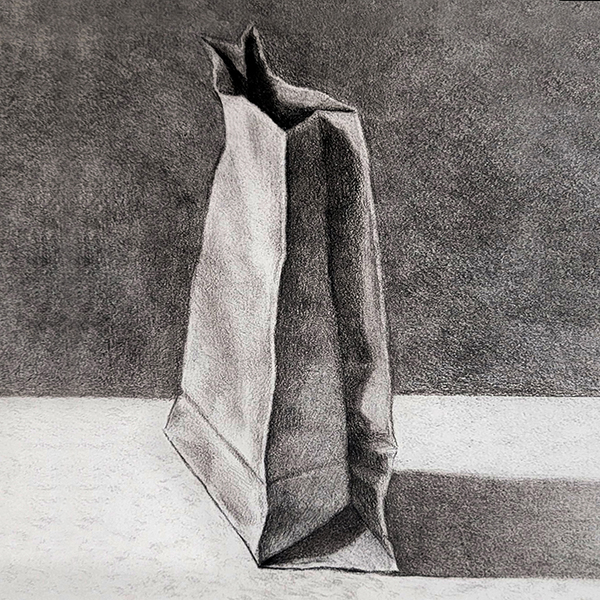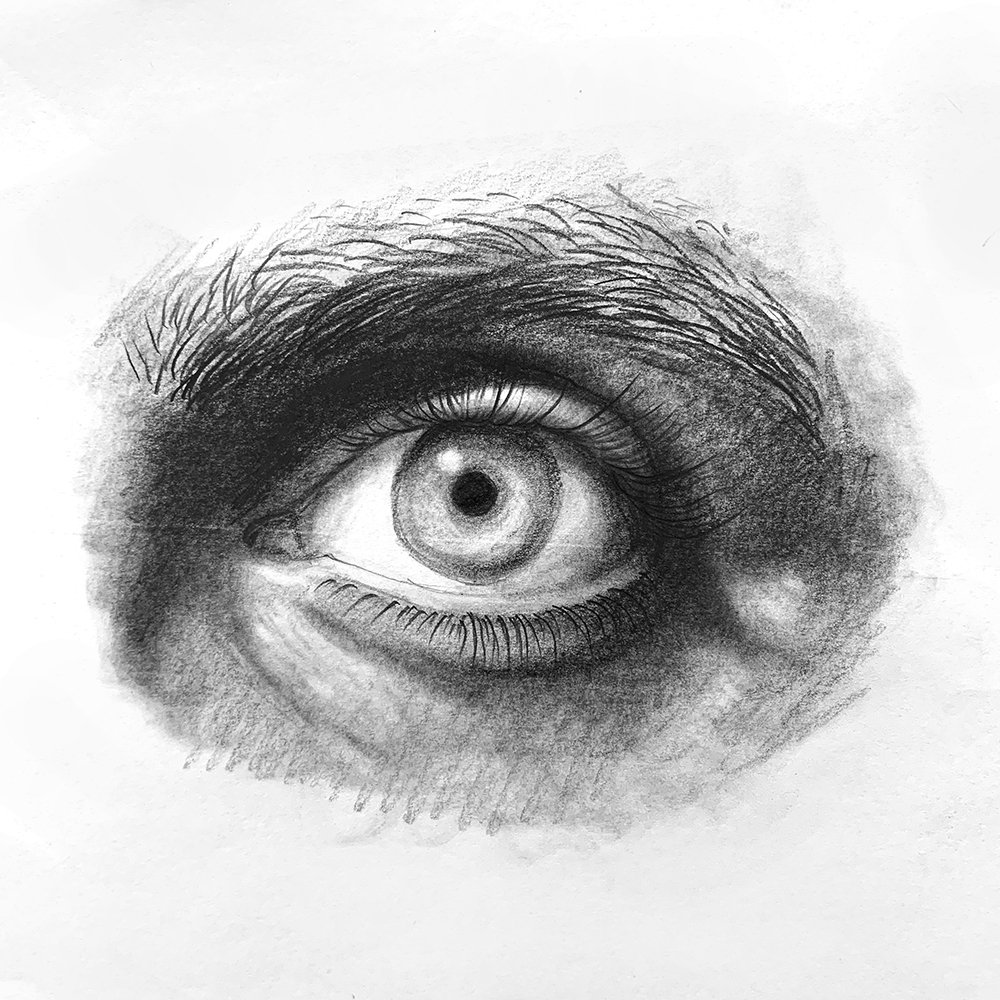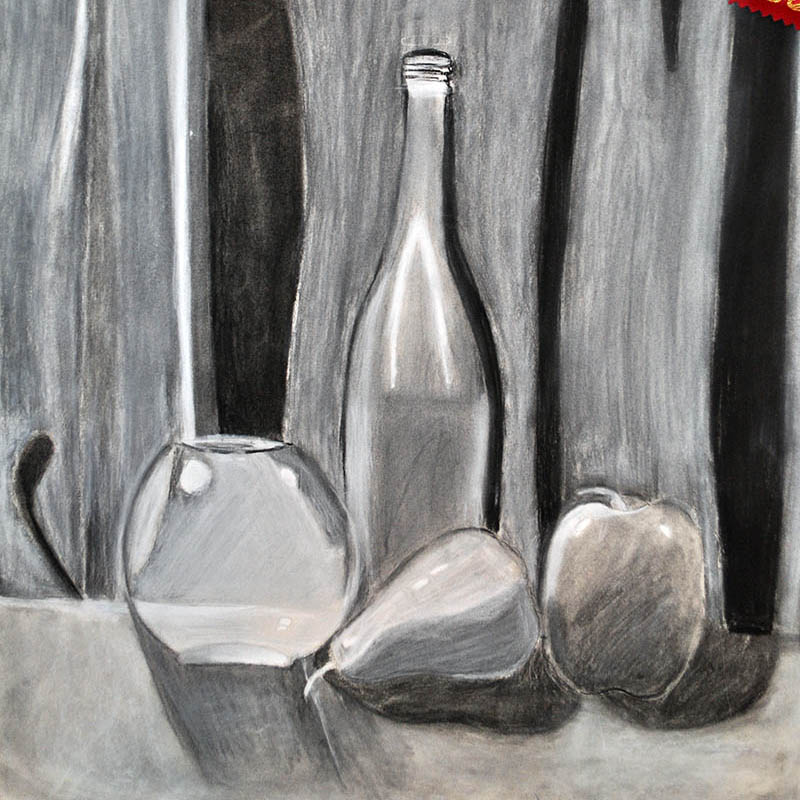Charcoal drawing is a beautiful and expressive art form that allows artists to capture depth, contrast, and texture in their work. If you’re looking to enhance your skills, enrolling in a charcoal drawing class can be a transformative experience. These classes offer structured guidance, expert instruction, and a supportive environment to help you grow as an artist. This article will explore the benefits of taking charcoal drawing classes, what to expect, and how to make the most of your experience.
Understanding the Basics of Charcoal Drawing
The Unique Qualities of Charcoal
Charcoal has a rich history as an artistic medium. It offers a range of tones from deep blacks to soft grays, allowing for expressive shading and intricate details. Unlike pencil, charcoal’s bold texture can create striking lines and dramatic effects. Whether you’re sketching or executing a highly detailed piece, its versatility can enhance your artistic style.
Different Types of Charcoal
In your journey through charcoal drawing, it’s essential to familiarize yourself with the different types of charcoal available. There are several types to choose from, including vine charcoal, compressed charcoal, and charcoal pencils. Each type serves a specific purpose:
- Vine Charcoal: This type is lightweight and easy to smudge, making it ideal for creating soft lines and broad strokes.
- Compressed Charcoal: This provides darker, more intense lines. It’s excellent for achieving deep blacks and detailed shading.
- Charcoal Pencils: Perfect for precise detailing, charcoal pencils offer control over application and are less messy than loose charcoal.
Understanding these options will enable you to select the right tools for your style and technique.

Benefits of Taking Charcoal Drawing Classes
Structured Learning Environment
Charcoal drawing classes provide a structured learning environment. Instructors guide you through the fundamentals of drawing, from basic techniques to advanced methods. They often break down complex concepts into manageable lessons, making it easier to understand and apply what you learn. This structured approach helps prevent frustration and ensures steady progress.
Expert Feedback and Critique
Another significant advantage of taking a class is receiving expert feedback. Experienced instructors observe your work and offer constructive critiques. This feedback helps you identify your strengths and areas for improvement. Understanding what to focus on can significantly accelerate your skill development. Moreover, learning from others’ mistakes and successes fosters a collaborative atmosphere that enriches the class experience.
What to Expect in Charcoal Drawing Classes
Class Format and Structure
Charcoal drawing classes typically include a mix of lectures, demonstrations, and hands-on practice. Instructors often start with demonstrations to illustrate techniques such as shading, blending, and creating texture. Then, students have the chance to practice these techniques in their work.
Each class may target specific themes or skills. One week could focus on portraits, while another might explore landscapes or still life. This diversity keeps the learning experience fresh and engaging.
Supplies and Materials
Before attending a class, you’ll need to gather some essential supplies. Most instructors provide a list of recommended materials, which may include:
- Various Types of Charcoal: As discussed earlier, having a mix of vine charcoal, compressed charcoal, and charcoal pencils is helpful.
- Drawing Paper: A heavier paper designed for charcoal will prevent smudging and tearing.
- Erasers and Blending Tools: Kneaded erasers and blending stumps are excellent for adjusting and softening your work.
Investing in quality materials will enhance your learning experience and the resulting artwork.

Techniques to Master in Charcoal Drawing Classes
Shading and Blending
Shading is one of the most critical skills in charcoal drawing. Instructors will teach you how to create depth and dimension through various shading techniques. Among these techniques, cross-hatching, stippling, and graduated shading are commonly explored.
Blending techniques help create soft transitions between different values. Using tools like blending stumps or even your fingertips can achieve a smooth finish. Learning to control these aspects can enhance your artwork’s overall quality.
Composition and Perspective
Another essential skill taught in charcoal drawing classes is composition. Understanding how to arrange elements within your artwork will dramatically affect its visual impact. Instructors often introduce principles like the rule of thirds, balance, and focal points.
Additionally, perspective is crucial for creating realistic drawings. Learning about vanishing points, horizon lines, and spatial relationships allows you to portray depth accurately. Mastering these concepts will elevate your work, enabling you to capture scenes more effectively.
Developing Your Artistic Voice
Experimentation
One of the most exciting aspects of taking a charcoal drawing class is the opportunity for experimentation. Instructors encourage students to explore their styles and experiment with techniques. They may introduce you to various artistic influences or challenge you to try new approaches.
This freedom fosters creativity and allows you to develop a unique artistic voice. Engaging in practice outside the classroom can further enhance this growth. Set aside time to explore different subjects and techniques, and don’t be afraid to step beyond your comfort zone.
Building a Portfolio
As you progress through your charcoal drawing classes, you will likely accumulate a collection of works. This collection can be a valuable asset for building a portfolio. A strong portfolio demonstrates your skills, creativity, and growth as an artist and can be beneficial if you choose to pursue further art education or showcase your work publicly.
Engaging with fellow students and instructors can also provide networking opportunities as you build your portfolio. Sharing your work and receiving feedback opens doors for collaboration and inspiration.

Making the Most of Your Charcoal Drawing Classes
Set Goals and Track Progress
To truly transform your skills, set specific goals for your charcoal drawing classes. Identify areas you want to improve, such as technique, composition, or experimentation. Communicate these goals with your instructor, and seek guidance on how to achieve them throughout the course.
Tracking your progress is equally crucial. Keep a journal or sketchbook to record your thoughts, challenges, and accomplishments. Reflecting on your journey will provide motivation and insight into your artistic development.
Engage with the Community
Finally, take advantage of the community surrounding your charcoal drawing classes. Engage with fellow students, share techniques, and offer support. Join online forums or social media groups dedicated to charcoal drawing.
These connections can help maintain your enthusiasm and commitment to improving your skills. Additionally, participating in local art events or exhibitions can provide further inspiration and exposure for your artwork.
Lifelong Learning and Beyond
Continuing Your Artistic Journey
Charcoal drawing classes serve as an excellent starting point, but the journey of artistic growth doesn’t end there. Once you complete your courses, the skills and techniques you’ve acquired can be applied to a variety of other artistic disciplines. Many artists find that the foundational skills learned in charcoal drawing can translate well to other mediums, such as pastel, graphite, or even digital art.
Consider joining advanced workshops that focus on specific styles or subjects. Experiment with other art forms, such as painting or digital illustration, to expand your creative toolkit. This continuous learning will not only diversify your skill set but also keep your artistic vision fresh and dynamic.
Conclusion
Enrolling in charcoal drawing classes is an enriching experience that can significantly enhance your artistic skills. The structured learning environment, expert feedback, and community support pave the way for growth. Charcoal drawing is more than just a technique; it’s an expressive medium that allows you to convey your emotions and ideas creatively.
By understanding the basics, mastering essential techniques, and embracing experimentation, you’ll transform your skills. Set clear goals, track your progress, and engage with fellow artists to make the most of your experience. As you hone your charcoal drawing abilities, you’ll discover new facets of creativity and expression, leading to a deeper appreciation for the art form. Whether you’re a beginner or looking to refine your skills, charcoal drawing classes offer a valuable opportunity for artistic growth and self-discovery.